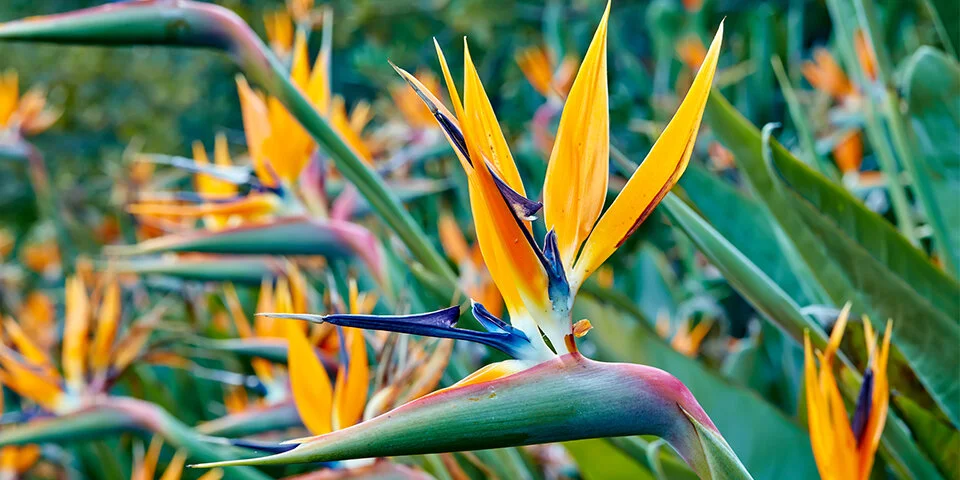Fennel, Foeniculum vulgare, native to Southern Europe, has long been prized as a kitchen and medicinal herb, but in mild-winter climates like ours it is one of the worst noxious weeds. It readily reseeds, has deep roots from which new plants can regrow, and is quite resistant to many herbicides. It has a PIER (Pacific Island Ecosystem at Risk) score of 19, as compared with scores in the 20s awarded to some of the worst thugs like kudzu vine and cattail, and negative scores given to those that pose no risk. It is a significant problem at many locations in Southern California, including Camp Pendleton, San Elijo Lagoon, and several of the Channel Islands.
Florence fennel, F. vulgare var. azoricum, is a cultivar that produces an edible bulb-like leaf base. It was developed in Italy, probably in the 17th century, but has only been popular in this country from the 1980s. Given the problems posed by its wild cousin, two questions arise: Does Florence fennel share the aggressiveness of wild fennel, and can Florence fennel revert to a plant resembling the wild form if it is allowed to propagate unsupervised?
Given the right conditions, when allowed to form seed heads, Florence fennel can spread in the garden. Its deep roots make it a bit of a chore to dig up. The plants produce an unidentified 'allelopathic' chemical that inhibits the growth of other species in their vicinity. If seeds of Florence fennel were to find their way to a sensitive environment, I have no doubt that they could displace threatened native plants. However, with wild fennel already widespread in California, I doubt there is much risk that home gardeners will exacerbate the problem.
I've found nothing on the Internet reporting that the bulbing fennel will revert to the wild. We have replanted from saved seed, but for no more than two or three generations, with no apparent deterioration in quality. Might the first sign of reversion be an increased frequency of 'male' plants? Or is it 'female' plants? When I last wrote on this subject, twelve years ago, there were still people posting on the Internet that fennel was dioecious, that is, that the male and female sexual parts were to be found on separate plants. In fact, all plants are hermaphrodite, and the supposed sexual dimorphism was based on the occurrence of rounder bulbs, considered more desirable at the table, and a flatter type that became more frequent late in the season. There is a difference of opinion about whether the fat bulbs are male or female, and those who write about it cite authorities such as their Sicilian grandmothers. It's likely that it depends on from where in Italy your ancestors hailed. I prefer to attribute masculinity to the skinny ones.
The bulbing leaf bases of Florence fennel are the result of selective breeding and, no doubt, if the plants were left to themselves the enlarged base, that confers no survival advantage and imposes a cost on the organism, would disappear after a few dozen generations. Saving seeds for a season or two seems not to be a problem. If you want to encourage good bulbing, you should start the seed early in the season, September or October; avoid crowding when you set them out, separating the plants by at least five inches; and keep them well watered. You should harvest them as soon as the bulbs approach the size of a tennis ball, because they tend to become bitter if they are left in the ground. New plants will grow from the roots after the bulbs are cut but, in my experience, they will all be 'male.'

